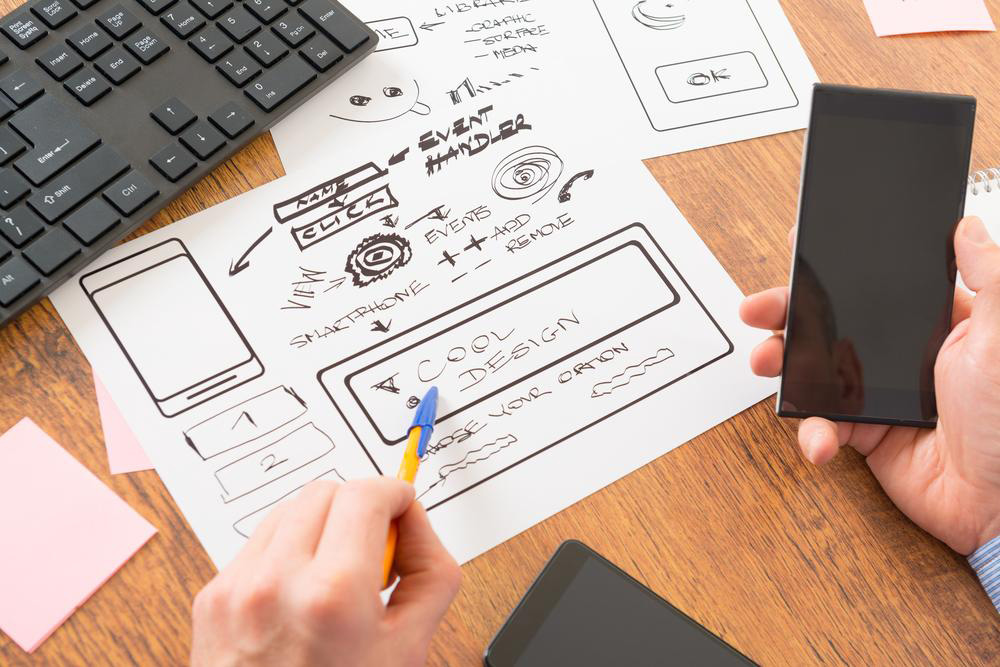Comprehensive Analysis of Mobile Phone Usage: Benefits and Challenges
This comprehensive article explores the extensive benefits and potential drawbacks of mobile phone usage. It discusses rapid information access, safety features, educational resources, communication efficiency, and financial convenience. At the same time, it highlights issues related to distraction, overuse, health concerns, and privacy risks. Understanding these aspects helps users harness mobile technology responsibly, ensuring maximum benefit while mitigating negative impacts. The article emphasizes responsible use, safety, and digital literacy as crucial elements in adapting to our increasingly connected world.

The Impact of Mobile Phones on Modern Life: Advantages and Disadvantages
In our rapidly advancing digital era, mobile phones have become indispensable tools that profoundly influence the way we communicate, access information, and manage daily activities. Once primarily used for voice calls, today's smartphones are multifunctional devices integrating cameras, internet access, GPS, and countless applications that serve a wide array of personal and professional needs. Their evolution has transformed them into personal assistants, entertainment hubs, and essential tools for social connectivity. Despite their numerous benefits, the pervasive use of mobile phones also raises concerns about potential drawbacks, particularly regarding health, safety, and social behavior.
Understanding both the positive and negative aspects of mobile phone usage is crucial for users of all ages. As technology continues to evolve at a rapid pace, it becomes increasingly important for parents, educators, and policymakers to promote responsible usage while harnessing the potential advantages offered by these devices. This in-depth analysis explores the extensive benefits of mobile phones, such as immediate information access, enhanced safety, and improved communication, along with the associated challenges including distraction, overuse, and rising costs.
Key Benefits of Mobile Phone Usage
Instant Access to Information: One of the most significant advantages of smartphones is their ability to provide immediate access to a vast universe of information. Whether searching for nearby hospitals, shopping centers, or directions, mobile phones make navigation seamless. Real-time weather updates help users plan their day efficiently, while quick internet searches facilitate learning and productivity on the go.
Educational Resourcefulness: Mobile phones have revolutionized education by offering a multitude of learning tools. Students and lifelong learners can access digital textbooks, educational videos, online courses, and answer curriculum-related questions instantly. Educational apps foster interactive learning, making education more accessible regardless of location or socioeconomic status.
Enhanced Safety and Monitoring: GPS-enabled devices empower parents and guardians to monitor the whereabouts of their children and loved ones. Safety tracking apps provide real-time location updates, emergency alert features, and geofencing capabilities, ensuring that users can respond swiftly in critical situations. This added layer of security helps build peace of mind for families and individuals in unfamiliar environments.
Effective and Efficient Communication: Modern communication tools such as video conferencing, instant messaging, and social media platforms enable people to stay connected effortlessly. During emergencies, these tools are vital for quick communication, coordination, and support. Mobile phones also facilitate remote work, enabling professionals to stay productive outside traditional office spaces.
Convenient Financial Transactions: Mobile banking, digital wallets, and bill-payment apps simplify financial management. Users can transfer money, pay bills, shop online, and manage investments conveniently from their devices. These innovations save time and reduce the need for physical visits to banks or retail outlets, especially beneficial during emergencies or for busy individuals on the go.
Challenges and Risks Associated with Mobile Phone Use
Distraction and Misuse: While mobile phones are powerful tools for productivity, they can also serve as distractions. Children and teenagers may bypass restrictions set by parents or schools, spending excessive time online, gaming, or engaging in social media. This can lead to addiction, exposure to inappropriate content, and a decline in academic or professional performance.
Health and Well-being Concerns: Prolonged device usage can have adverse effects on physical health, such as eye strain, poor posture, and disrupted sleep patterns due to blue light exposure. Overuse of mobile devices may contribute to decreased physical activity, leading to health issues like obesity and reduced social interaction in real life.
Financial Implications and Data Security: Increasing reliance on mobile data and apps can lead to higher costs for users, especially with unlimited plans or roaming charges. Additionally, privacy and security concerns arise from potential data breaches and malicious hacking, making users vulnerable to identity theft and financial fraud.
Impact on Social Skills and Mental Health: Excessive screen time may interfere with face-to-face interactions, weakening social skills. It can also contribute to mental health issues such as anxiety, depression, and social isolation, especially among teenagers and young adults.
Balancing Benefits with Responsible Use: To maximize the benefits of mobile phones while minimizing their drawbacks, it’s essential for users to establish healthy boundaries. Setting time limits, encouraging outdoor activities, and promoting digital literacy can help foster responsible usage and protect mental and physical health.
As mobile technology continues to evolve, so does its influence on society. While embracing the numerous benefits, users and policymakers must remain vigilant about the potential risks. Promoting digital responsibility, implementing safety measures, and encouraging balanced usage are key strategies to ensure that mobile phones serve as positive tools, enriching lives without compromising health or safety.





